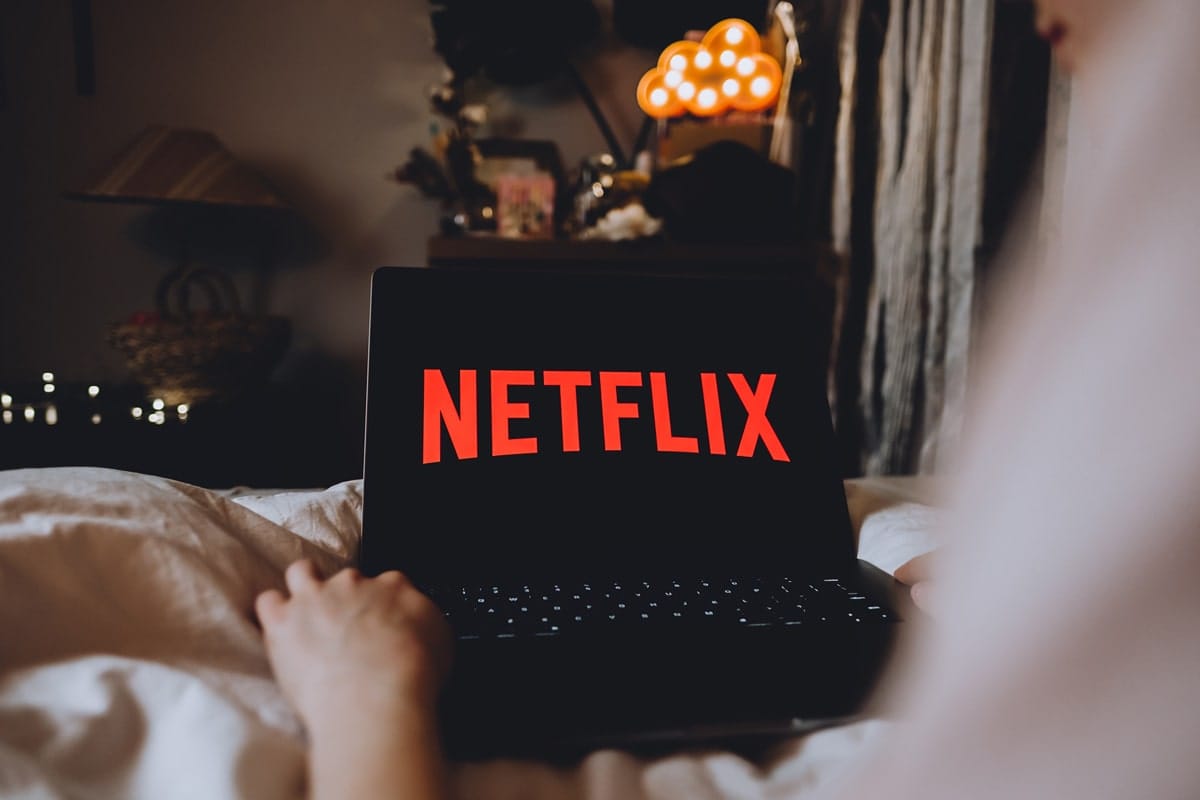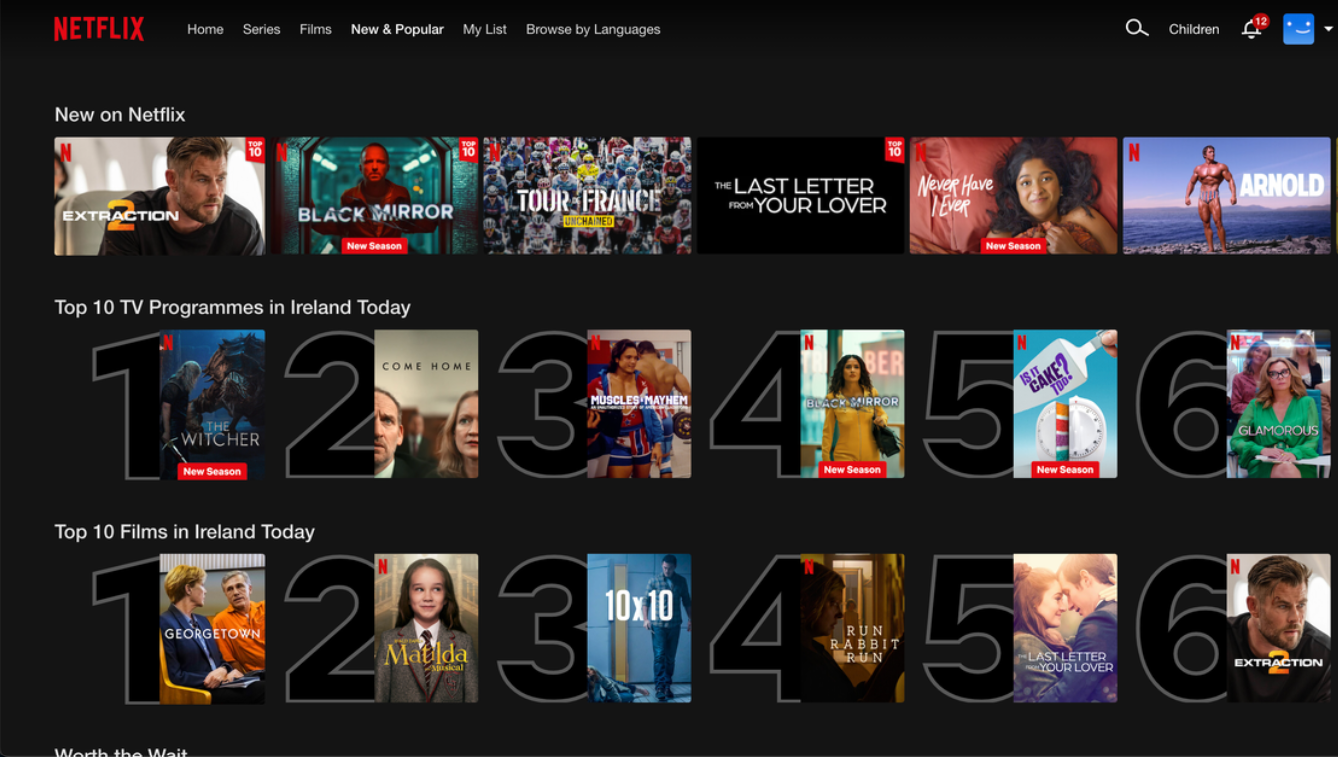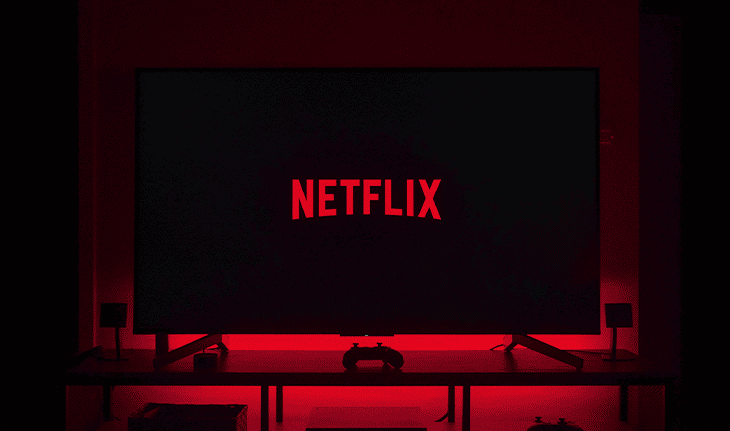5 Ways Netflix’s New Split Season Strategy Is Affecting Fan Experience
1. Your Favourite Shows Now Arrive in Pieces
Wednesday Season 2 is the latest to adopt Netflix’s split season model. Instead of releasing the full season at once, it’s arriving in two separate parts. The same has already happened with Cobra Kai Season 3, which was dropped across three parts over several months. Even the globally popular series Stranger Things is now being split into three volumes, with gaps of weeks between releases. This means viewers no longer get the full story in one go. It slows down the experience and leaves audiences hanging.

2. The Waiting Game Has Become the Norm
What used to be a binge watching platform is now turning into a staggered release model without warning. Bridgerton Season 3 was split into two drops in May and June 2024. The Sandman’s new season followed the same pattern. With Stranger Things releasing its final season in three different volumes between November and December 2025, fans are now expected to build anticipation again and again. The days of consuming an entire series in a single weekend are quickly disappearing.
3. It’s a Tactic to Keep You Subscribed Longer
There’s a very calculated reason behind this move. When a show drops all at once, many viewers finish it within a day or two and then cancel their subscription until something new releases. Netflix loses money when subscribers binge and leave. By splitting a season, they can stretch user engagement across multiple months. It helps the platform improve its retention metrics and keeps fans subscribed for longer durations. But this business strategy doesn’t always sit well with loyal audiences.
4. Buzz Lasts Longer, But Interest May Not
Another reason Netflix is using this model is to extend online buzz. Releasing a show in parts gives fans time to discuss each drop, create theories, and stay involved in the hype cycle. Social media engagement increases, which helps the platform dominate trending charts longer. But this approach also has a risk. If the gap between parts is too wide or the content isn’t strong enough, viewers can lose interest and move on to something else entirely before the story concludes.

5. Binge Culture Is Being Replaced by Delayed Gratification
Netflix built its empire on binge watching. It gave users full seasons on Day 1 and changed the way people consumed content. But with this new release model, the thrill of watching a complete story in one sitting is being replaced by a forced pause. For viewers who crave closure, this feels like an interruption. The emotional payoff gets delayed. The flow of storytelling is broken. And the very promise Netflix once sold us is slowly fading.
Whether this tactic ultimately helps Netflix dominate the streaming wars or alienates its most dedicated users remains to be seen. But one thing is clear. The binge watch experience is evolving, and not everyone is happy about it.
Follow Binge Moves on Instagram and Facebook for smart entertainment takes, binge worthy recommendations, and the latest on your favourite shows.











